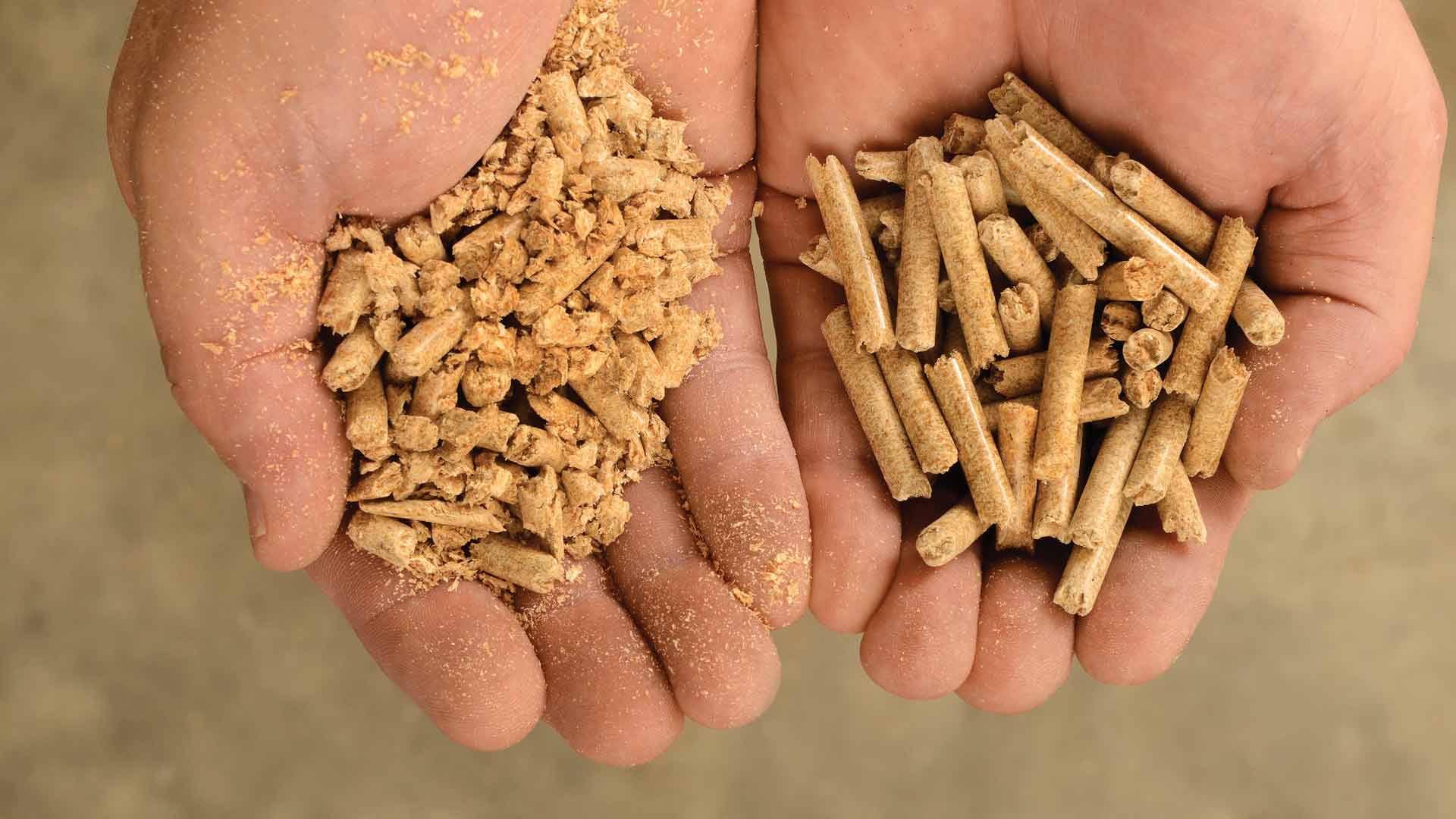Minnesota has built a strong foundation for the biofuel and forest products industries, so the Minnesota legislature’s passing of the BioEconomy Production Incentive in 2015 was a significant step in advancing the state as a global center for bioeconomy project development. The goal is incentivising utilization of the state’s abundant agricultural and forestry feedstocks to add value to local economies and develop sustainable fuels and chemicals.
According to the BioEconomy Coalition of Minnesota, an economic analysis in 2015 showed the potential for the bioeconomy to contribute more than $830 million in new economic activity to Minnesota as well as add 3,000 new jobs. Coalition partners already support numerous commercial-scale projects in Minnesota, resulting in hundreds of millions of dollars in new commercial projects. The coalition successfully supported passage of a new Bioeconomy Production Incentive in Minnesota, which offers up to $60 million in financial assistance over ten years for the production of renewable chemicals, advanced biofuels, and biomass thermal energy, depending on feedstock.
How Does the Incentive Work?
Production Incentive Levels
Advanced Biofuels are renewable fuels designated by the Environmental Protection Agency under the Renewable Fuel Standard to have lifecycle greenhouse gas emissions that are at least 50 percent less than gasoline. These fuels may be derived from either cellulosic, sugar, or starch feedstocks. Facilities must produce at least 95,000 MMBtu (approximately 1 million gallons) per year to be eligible. Incentive Payments are calculated on a per million btu (MMbtu) basis at the following levels;
- $2.1053 per MMBtu (equal to $0.16/gal) for advanced ethanol
biofuel from cellulosic biomass - $1.053 per MMBtu (equal to $0.08/gal) for advanced ethanol
biofuel from sugar or starch (other than corn starch).
Producers of cellulosic biofuels from agricultural biomass must also submit a responsible sourcing plan to the Minnesota Department of Agriculture. At the fifth year of production, they must demonstrate that their feedstock is comprised of no less than 50 percent perennial biomass crop.
Renewable Chemicals are chemicals, polymers, monomers, or plastics not sold primarily for food, feed, or fuel and that are at least 51 percent biobased, as determined by testing representative samples using American Society of Testing and Materials specification D6866. Facilities must produce 750,000 pounds per quarter to participate in the program and incentives are offered at the following levels:
- $0.06 per pound of cellulosic-derived renewable chemical
- $0.03 per pound of sugar-derived renewable chemical
- $0.03 per pound of cellulosic sugar (defined as sugar derived
from cellulosic biomass from agricultural or forestry resources)
Maximum Payments
The production incentive program is structured to offer an annual payment to eligible facilities for a maximum of ten years. The program went into effect July 1, 2015 and facilities have until June 2025 to come online. The program sunsets June 30, 2035.
|
Annual Payment Cap |
Lifetime (10 year) |
|
|
Advanced Biofuels |
||
|
Sugar or Starch |
$3 million |
$30 million |
|
Cellulosic |
$6 million |
$60 million |
|
Renewable Chemicals |
||
|
Sugar |
$3 million |
$30 million |
|
Cellulosic |
$6 million |
$60 million |
Biomass Thermal Production Incentive
Facility Eligibility
Eligible facilities have a 10 year window, from July 1, 2015 – June 30, 2025 to begin operation. Once production begins, the clock starts on an annual incentive payment for 10 years. Any production that occurs after June 30, 2035 is not eligible for the incentive payment. Eligible facilities must source at least 80 percent raw materials from Minnesota and must be from agricultural or forestry sources. If an eligible facility is located 50 miles or less from a state border, raw materials can be taken from up to a 100 mile radius from the production facility. Biomass thermal facilities must produce at least 1,000 MMbtu (enough to heat approximately 20,000 square feet of building space) of biomass thermal energy to be eligible for the program.
Incentive payments
Payments are calculated on a btu basis of $5.00 per MMbtu with a minimum production of 250 MMbtu per quarter. The maxiumum payout per year is 30,000 MMBtu per year
or $150,000.
Incentive payments are available for 10 years from the start of production. For example of a facility begins operation in 2019, incentive payments are available until 2029. There is a 20 percent bonus payment for each MMbtu produced from agricultural perennial biomass crops and agricultural residues grown on lands with cover crops. This would increase the per MMbtu payment from $5.00/MMbtu to 6.00/MMbtu.
This is an annual incentive payment of $150,000 per facility. Total payments to all eligible facilities may not exceed the amount necessary for 150,000 MMbtu of biomass thermal facilities. This would provide incentive payments to a maximum of five (5) biomass
thermal facilities.
AURI’s Project Development Director, Harold Stanislawski believes these incentives are important to the advancement of further value add agricultural and forestry processing in our state. “The current investment and venture capital environment in the bioeconomy area is challenging. The Minnesota BioEconomy Production Incentive is a big help in moving bioeconomy projects forward as it reduces risk.” Mike Youngerberg on behalf of the Minnesota Soybean Growers Association, said “I would like to commend the foresight of the Minnesota Legislature for continuing to create opportunities to produce renewable products from agricultural crops through the BioEconomy Incentive program. While this first incentive program is a good start I think that there is more opportunity for other crops, like soybeans, to contribute to even more renewable products that could be produced and consumed right here in the State of Minnesota. We look forward to having that conversation to expand this kind of incentive programs.”
Further details and questions on the incentive can be found at the Minnesota Department of Agriculture Website at mda.state.mn.us/grants/agri/bioincentive.aspx.

